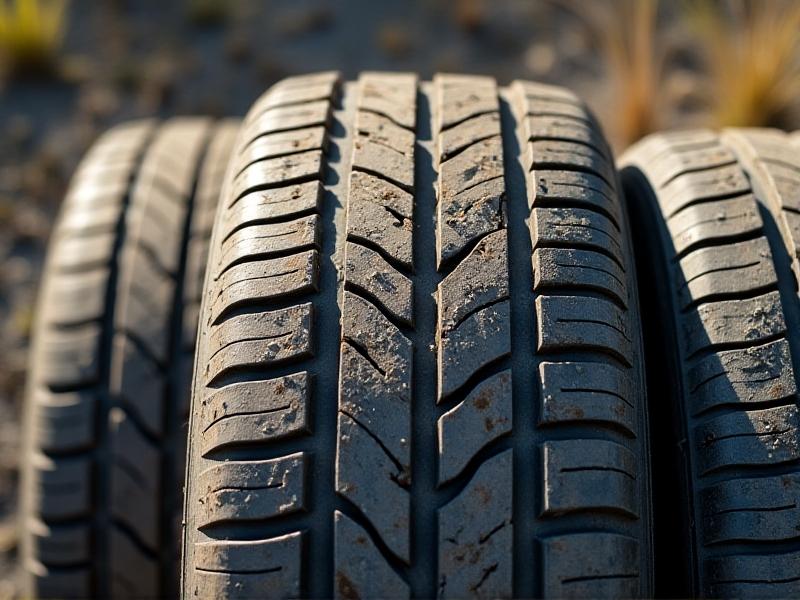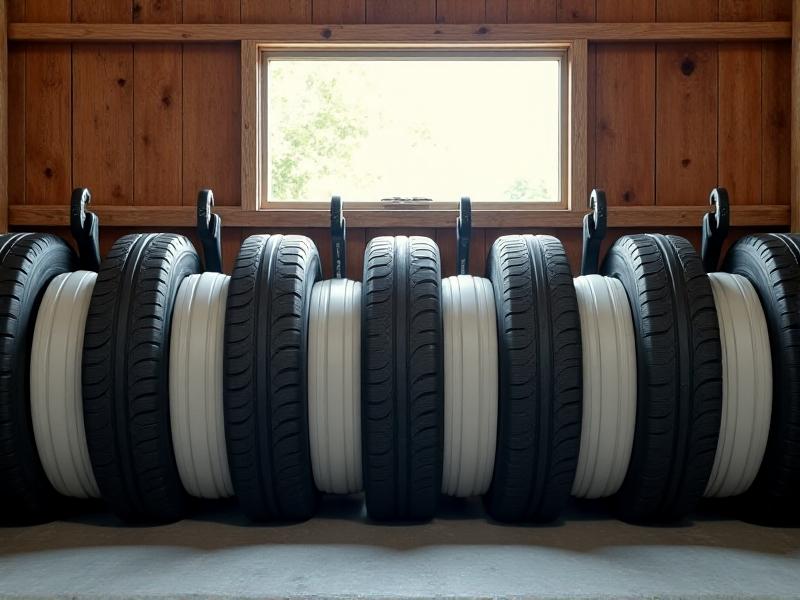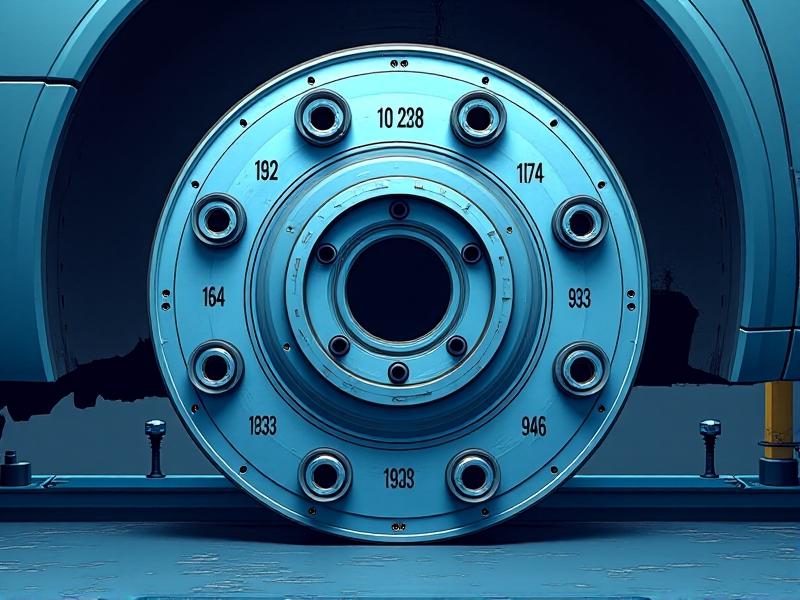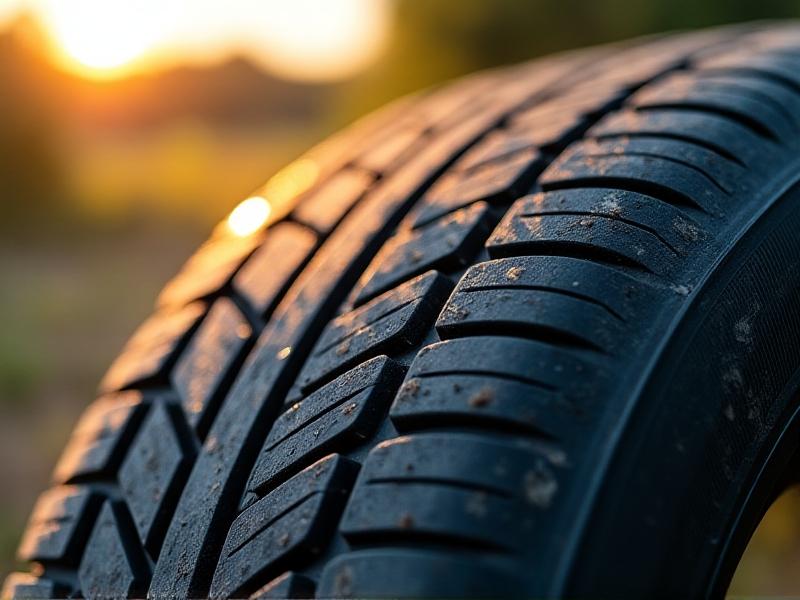```html
Why Proper Tire Storage Matters
Storing tires correctly during off-seasons isn’t just about saving space—it’s about preserving performance and safety. Tires degrade when exposed to sunlight, extreme temperatures, or moisture, leading to cracks, dry rot, or uneven wear. Improper storage can also cause flat spots, compromising their shape and balance. Whether you’re switching between summer and winter tires or storing seasonal vehicles, a strategic approach ensures your tires remain reliable and ready for the road. Investing time in proper storage now can save money on replacements and prevent accidents later.

Pre-Storage Cleaning: The First Step to Longevity
Before stowing tires away, thorough cleaning is non-negotiable. Dirt, grease, and brake dust left on the surface can corrode rubber over time. Use a mild soap solution and a soft brush to scrub the tread and sidewalls, paying attention to embedded debris. Rinse with water and let tires dry completely—trapped moisture encourages mold growth or internal rust on steel belts. For an extra layer of protection, apply a UV-resistant tire dressing. Clean tires not only last longer but are easier to inspect for hidden damage before storage.

Choosing the Right Storage Location
Where you store tires is as important as how you store them. Ideal locations are cool, dry, and dark—think basements, garages, or climate-controlled units. Avoid places like sheds or outdoor racks where temperature fluctuations and humidity are uncontrollable. Tires should never rest on bare concrete, which can leach oils from the rubber. Elevate them on pallets or shelves to promote airflow. If outdoor storage is unavoidable, use waterproof covers and ensure the area is shaded. Remember: consistent conditions are key to preventing premature aging.

Stacking vs. Hanging: Which Method Wins?
Stacking tires horizontally is common, but it requires care. Place tires on a flat surface and stack no more than four high to avoid deformation. Insert a breathable barrier, like cardboard, between each tire to prevent sticking. Alternatively, hanging tires on wall-mounted hooks removes pressure points entirely—ideal for long-term storage. However, ensure hooks are padded to avoid rim damage. Each method has pros and cons: stacking saves space, while hanging preserves shape. Choose based on your storage setup and tire type (e.g., mounted vs. unmounted).

The Role of Tire Pressure in Storage
Adjusting tire pressure before storage is a debated topic. Some recommend slightly deflating tires to reduce stress on the sidewalls, while others advise maintaining manufacturer-recommended PSI to retain shape. For unmounted tires, deflating them completely is acceptable since there’s no rim to hold structure. For mounted tires, keep pressure at 10-15 PSI to prevent bead seating issues. Always check labels for specific guidelines, especially for run-flat or low-profile tires. Post-storage, reinflate gradually and inspect for leaks.
Using Tire Covers: Are They Worth It?
Tire covers shield against UV rays, dust, and spills, making them a smart investment—especially for outdoor storage. Opt for breathable, waterproof materials like polyester with UV inhibitors. Avoid plastic bags, which trap moisture and accelerate deterioration. For mounted tires, ensure covers fit snugly without constricting the tread. While not mandatory for indoor storage, covers add an extra defense layer in suboptimal environments. Just remember: covers only work if paired with a clean, dry tire and proper ventilation.
Avoiding Chemical and Environmental Hazards
Tires are sensitive to ozone, oils, and solvents. Keep them away from generators, motors, or household chemicals that emit corrosive fumes. Even electric radiators can degrade rubber over time. Similarly, avoid placing tires near sharp objects or heavy equipment that might puncture them. If storing in a workshop, designate a dedicated zone away from workbenches. For added safety, wrap unmounted tires in acid-free paper to minimize exposure to airborne contaminants. Vigilance here prevents invisible damage that shortens tire life.
Monitoring Tires During Long-Term Storage
Out of sight shouldn’t mean out of mind. Inspect stored tires every three months for signs of deflation, mold, or pests. Rotate stacked tires to redistribute weight and prevent flat spots. For hung tires, check hook integrity and rim contact points. Use a flashlight to examine inner walls for cracks or discoloration. If storing for over a year, consider briefly remounting and rotating the tires to maintain flexibility. Proactive checks catch issues early, ensuring your tires stay road-ready even after seasons of disuse.
Transitioning Tires Back to the Road
When it’s time to reuse stored tires, reintroduce them gradually. Clean them again to remove dust or residues, then inflate to the recommended PSI. For mounted tires, test drive at low speeds to check for vibrations or imbalances. Look for uneven wear or sidewall damage that might have developed in storage. If tires were stored unmounted, have them professionally remounted and balanced. Even well-preserved tires can hide subtle issues, so a thorough inspection ensures they’re safe for seasonal driving demands.
Common Tire Storage Mistakes to Avoid
Even seasoned drivers make storage errors. Storing tires near electric motors (e.g., refrigerators) exposes them to ozone. Leaving tires on bare concrete drains antioxidants from the rubber. Overstacking causes sidewall bulges, while underinflation leads to bead corrosion. Using trash bags instead of breathable covers traps humidity. Avoid these pitfalls by following best practices: clean thoroughly, elevate tires, control the environment, and inspect regularly. Small oversights can have costly consequences, but a methodical approach keeps tires in peak condition.



